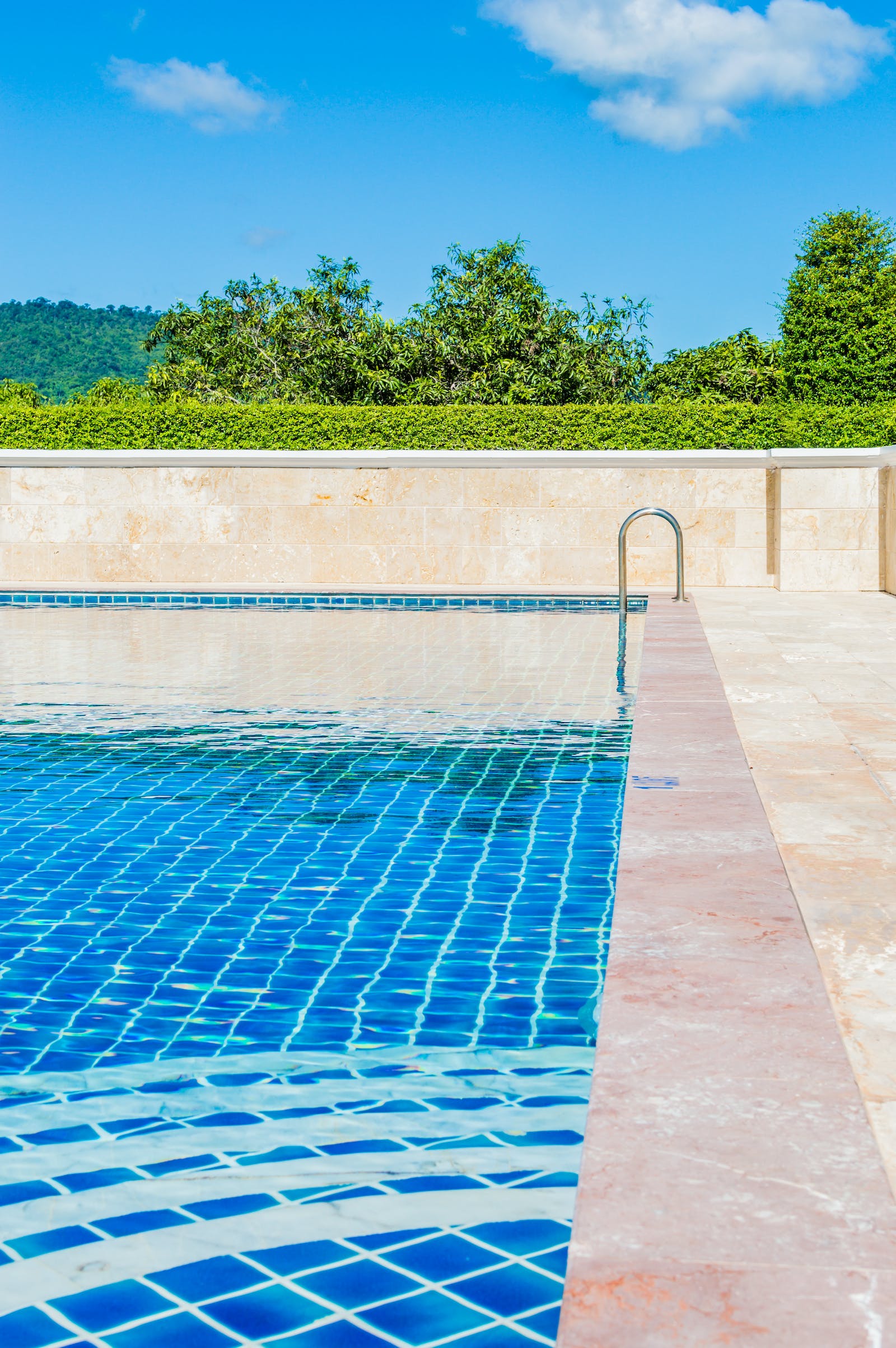How to Service a Swimming Pool
by siteadmin

How to Service a Swimming Pool
It's important to service your swimming pool regularly. This helps to keep it healthy and safe for you and your family.
To do this, you must skim the surface of your pool for debris and test the pH levels of your water weekly.
1. Skim the Surface
If you have a swimming pool, it’s important to skim the surface of the water and clean the walls of the pool with a pool brush. This will remove dirt and detach algae from the pool before it has a chance to grow.
There are many ways to keep your pool clean, from using a skimmer net or hand-skimming, to using a robotic skimmer. Whatever method you choose, skimming your pool will help to reduce the amount of time your pool pump is running, which is a good thing for your wallet and your health.
The Solar-Breeze NX2 is an automated skimmer that works around the clock to pick up leaves, flowers, grass clippings, bugs, hair and other debris from the pool surface before it sinks. It also minimizes your pool’s energy consumption by reducing the amount of time your pool pump is running.
2. Vacuum the Pool
Vacuuming the pool is one of the most important aspects of maintaining a swimming pool. It helps prevent dirt and debris from settling to the bottom, where it’s more susceptible to bacteria and algae blooms.
Keeping the water free of dirt and debris also makes the chemicals in your pool more effective. It also makes your pool look cleaner, so you’ll want to vacuum it at least once a week.
Manual pool vacuums are easy to assemble and can be battery-operated or rechargeable. They require an extendable pool pole and vacuum hose (often sold separately).
To assemble the pool vacuum, attach the head to the telescopic pole and connect the hose. Then, slowly lower the vacuum head into the pool, and feed the hose until it’s fully submerged in water with no air in it.
Then, place the other end of the hose against a return jet to push water through and expel any air that’s still in the hose. Finally, remove the hose and check that all the air bubbles are gone on the pool floor.
3. Backwash the Filter
When your sand filter is full of dirt and debris, it begins to get clogged up. Then the pressure inside your filter increases and the water can't flow through it as freely.
When this happens, it's time to backwash the filter. You can tell if you need to do this by checking your filter's pressure gauge.
The normal operating pressure for sand filters is about 10 pounds per square inch (psi). If the pressure reading on the gauge goes more than that, it's time to do a backwash.
To do this, simply turn off your pool pump and attach a backwash hose. Then, switch the valve handle to "backwash," and let it run for a few minutes or until you see clear water in the sight glass.
4. Test the Water
Keeping the water in your swimming pool safe and clean requires regular testing to monitor essential chemical levels. These include pH, free chlorine (chlorine in water that hasn't bonded with contaminants), total alkalinity, calcium hardness, and cyanuric acid.
Several types of testing strips are available to test the water in your pool. These strips are dipped into the water and will change colour, depending on the chemicals which are detected.
Many of these strips are simple to use and require minimal maintenance. However, they are often less accurate than solution or tablet-based tests.
These types of testers can also become contaminated over time, which can give inaccurate readings. To avoid this, ensure you always follow the instructions when using them and don't leave the tester for too long.
https://www.swimmingpoolservicesmiami.com/
How to Service a Swimming Pool It's important to service your swimming pool regularly. This helps to keep it healthy and safe for you and your family. To do this, you must skim the surface of your pool for debris and test the pH levels of your water weekly. 1. Skim the Surface If you…
Recent Posts
- Lawn Care Spring Branch Advocates for Property Care: Combatting Weed Growth and Preserving Curb Appeal
- Top 5 Roofing Materials for Lexington’s Climate
- Expert Cleaners Lexington Shares Essential Tips for Properly Cleaning Hardwood Floors
- Expert Cleaners Lexington Shares Essential Tips for Properly Cleaning Hardwood Floors
- Delo Roofing: A Name You Can Trust for Exceptional Roofing Services
